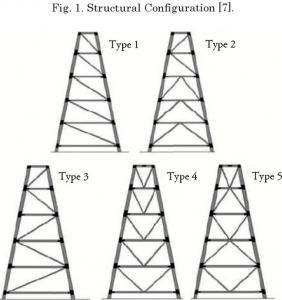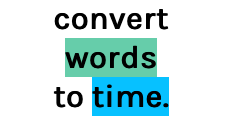Giving a talk, presenting a slide deck, teaching a class, delivering a keynote, conducting an interview, and other performances often provoke uncomfortable anxiety. Whether it’s a low-key motivator of a stronger performance or produces a more debilitating flight-or-flight response depends less on the presenter’s personality and more on perception and preparation.
Although glossophobia (literally/delightfully, tongue (glosso) fear (phobia)), or speech anxiety, can manifest in uncomfortable ways, anxious performers can rejoice. Why? Because anxiety is mitigated by preparation, and preparation influences perception: When performers perceive themselves as well-prepared, they perform better.
We’ve discussed tools for presentation preparation, but there are also important tools for developing softer, interpersonal skills. For example, learning the efficacy of an artful pause can differentiate a compelling talk, presentation, lecture, speech, or interview from a “meh” one.
Periodically pausing in the midst of a performance opens up space for your audience to respond or ask questions or reflect, and it conveys your comfort with your material, even if the comfort isn’t real. Pausing helps to promote listening and depends on the ability to conclude, whether a thought, a main point, a response, a slide, or a speech.
Listening and concluding can be hard to master in a performance setting, partly because talking too much and too fast is a contextual symptom of anxiety. However, it’s so important to show your audience that you’re comfortable inviting their scrutiny (and can withstand it) that preparation is worthwhile. Help yourself by using a word-to-time converter.
The tool’s purpose is straightforward: Input your word count and your talking speed, and converts it to time. Its import is clear for presentations, but the tool can help build response and reflection into any performance.
Presentations and other performances put you on display, suggesting a one-way delivery of information. But excellent and impactful presenters know that the best presentations are a shared experience by which both audience and presenter learn something. If anxiety inhibits your ability to deliver a best-level presentation, tools like words-to-time can help.
You can put that power to work in your community by writing letters to the editor. Activists and advocates use letters to the editor (LTEs) to speak to the issues that matter to them in a voice loud enough for their communities—and congresspeople—to hear. But “activists and advocates”? That’s you. And me. When we write letters to the editor, we say, and to a large audience, a bit about who we are, what we care about, and why we think others should care about it, too.
The best LTEs are the published ones, so follow the rules to get yours read:
- Make it short: Aim for 150 words. LTEs over 200 words are edited or discarded.
- Make it topical: Offer a timely response to newspaper coverage (or noncoverage), usually within two or three days,.
- Make it specific: Name names, including the name of the article or the name of your representative.
- Make it interesting: Include relevant stats, personal info, or other connections that make for a compelling story (rather than an alienating screed).
- Make it actionable: Conclude with a call-to-action that describes the specific change you want to see.
- Make it real: Write as yourself, not as the expert you want others to believe you are.
- Make it conform: Follow the reqs for submission, especially those that ask for your name, address, and phone number.
While some of us rely on the power of the pen too frequently (guilty!), others seldom make use of its persuasive potential. In an unsurprising twist, this is especially the case for women. The New York Times editorial page recently addressed its gender disparity after reader and PhD candidate Kimberly Probolus wrote in both to persuade women to write more LTEs and to ask for institutional change.
The editors responded to Probolus’s letter by pledging to do better (maybe they’ll follow Ed Yong‘s protocol, as narrated in The Atlantic). The editors also asked women (and others who feel underrepresented) to write in and indicated they would begin to cull letters from a wider variety of outlets.
So, women, if there’s an issue in your community that you care about, if your local paper covers a topic but leaves out the most important parts, if an article fails to make clear to readers the ramifications of a congressperson’s political stance, LTEs offer you an opportunity to flex your informed muscle.
Letters to the editor speak to the issues that matter: You don’t have to be an “activist” or an “advocate” to write one. You don’t even have to be a “writer” (or a man). You just have to be willing to use your voice.



